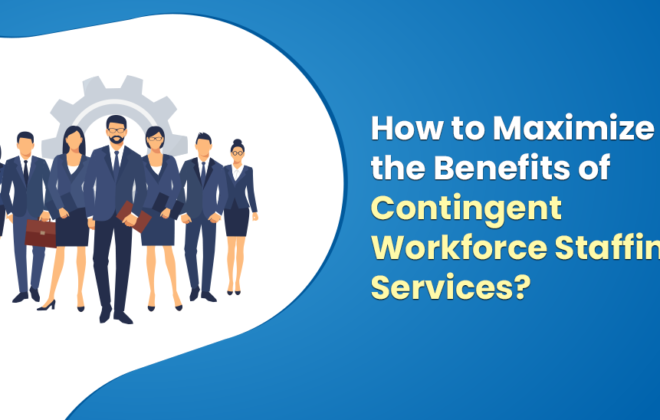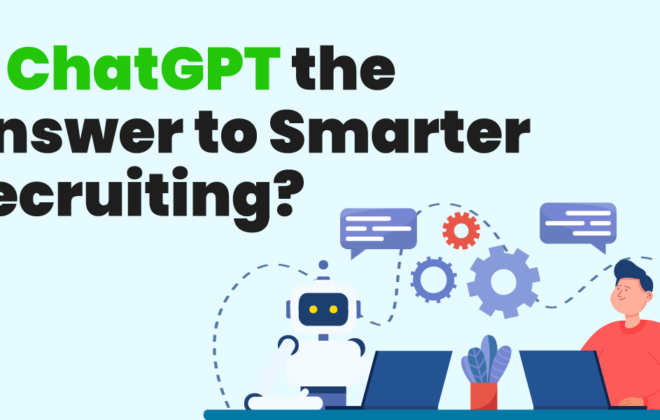Leveraging People Analytics During CoVID-19
People analytics has been in the HR industry for quite a while now. It was introduced to eradicate biases, prejudices, emotions, and other influencing factors that could hurt the business decisions and the company’s growth.
This is where companies started relying on data to extract insights that are real, practical, and bias-free. Not only that, but companies are also depending on the data to understand a lot of other key organizational areas such as employee churn, productivity issues, and more.
However, with the onset of CoVID-19, a lot of new factors have come into the picture. Processes like virtual onboarding, virtual engagement, employee health got added into the people analytics discussions. And justifiably so, as these processes are now defining the basics of workforce operations.
Before diving deeper into how people analytics is working during CoVID-19. Let’s understand some basics of people analytics.
What is People Analytics?
People analytics can be defined as the deeply data-driven and goal-focused method of studying all people processes, functions, challenges, and opportunities at work to elevate these systems and achieve sustainable business success.
It is a data-backed method of decision-making that takes advantage of existing employee data and patterns to better understand the entire employee journey. It digs into the data, analyzes patterns, presents intuitive visualizations, and offers everything in a user-friendly interface. Now, over 70 percent of organizations are investing in people analytics solutions to integrate data into their decision-making. ![]()
People Analytics During CoVID-19
Pandemic brought a lot of changes into people analytics. And chances are you still adjusting to it. To help you in this process, we bring you a list of areas that you must consider to calibrate your people analytics strategy in this pandemic-led workforce.
1. Logistics for Returning to Work
Data analysis is even more valuable as employees return to the office. It helps to track data related to employees’ well-being that further contributes to crafting health-related policies. Not only that, but it also aids in monitoring logistic-related requirements that prepare you with the right tools, manpower, and strategies. For example, how many hours should employees work now, can they adopt a hybrid working model, what will be the social distancing setting of the workforce, and more.
2. Employee Productivity
Unlike earlier, people are now working virtually. As a result, parameters to evaluate employee productivity will also undergo a vital change. This means managers will not able to supervise their team in front of their eye leading to miscommunication, misunderstanding, and micromanagement.
This is where companies need to evaluate people analytics strategy. Collaborating with everyone virtually and ensuring that productivity doesn’t take a hit is a new challenge. To resolve this, you would need to rely on external tools that can track employees’ activity and productivity without micromanaging every employee. These tools will help you with the right data to understand employee’s productivity as well as other working parameters.
3. Employee Engagement
Teams are interacting virtually. That means employees can no longer indulge in outings, office parties, and in-person conversations. This may adversely affect employee enthusiasm and motivation which further leads to low morale at work.
Here, you must take rescue of people analytics to ensure employees’ mental well-being and enthusiasm doesn’t take a hit. Consider taking pulse surveys to understand what employees are thinking and how your current employee engagement strategies need further revamp. Evaluate the ongoing employee engagement trends and expectations and build engagement strategies accordingly.
4. Staffing Levels
Data also helps organizations to better understand and distribute workloads. Especially during the pandemic when every employee is overburdened with the work.
By taking a look at your people data, you can better understand the workload on employees and decide on staffing accordingly. Moreover, by assessing the data you can also identify the roles that you may or may not need in the future. By determining all the staffing requirements in advance you will be better able to handle the staffing process.
5. Employee Wellness
Pandemic has thrusted the importance of well being like never before. Be it mental or physical. According to a McKinsey report, behavioral health is a top workforce concern with nine out of 10 employers stating COVID-19 is affecting employees’ behavioral health.
You can leverage analytics to better your employee’s well-being status and reform your leave or insurance policies accordingly. Also, make use of the employee data to identify any mental health needs to better support employees in form of one-on-one sessions or mental health well-being.
![]()
Subscribe For Updates
Categories
- Accountant
- AI
- Automation
- Awards and Recognitions
- Blue Collar Staffing
- Burnouts
- Campus Recruiting
- Cloud
- Co-Ops agreements
- Company Culture
- Compliance
- contingent workforce
- Contingent Workforce
- COVID-19
- Cyber Security Staffing
- Data Strategy
- Digital Transformation
- direct sourcing
- Distributed Workforce
- Diversity
- Diversity & Inclusion
- Economy
- Events & Conferences
- fleet industry
- Gig Economy
- Girls in Tech
- Global Talent Research and Staffing
- Government
- Healthcare
- Healthcare Staffing
- Hiring Process
- Hiring Trends
- Home Helathcare
- HR
- HR Practices
- HR Tech
- IT
- Labor Shortages
- Life Science
- Local Governments
- News
- Nursing
- Payroll Staffing
- Public Sectors
- Recruiting
- Remote Work
- Skill Gap
- SMB Hiring
- Snowflake
- Staffing
- Staffing Augmentation
- Staffing Challenges
- Talent ROI
- Tech Staffing
- Technology
- Tips & tricks
- Total Talent Management
- UI/UX Design
- Uncategorized
- Veteran Staffing
- Veterans Hiring
- Veterans Hiring
- Workforce Management
Recent Posts
- Automation in Recruiting: From Chatbots to Predictive Screening
- Gig Economy Expansion: The Impact on Talent Pools and Business Models
- Skills-Based Hiring: Why Credentials Alone Don’t Cut It in 2025
- Procurement 3.0: AI & Intelligent Automation in 2025
- Q3 Is Here: Is Your Contingent Workforce Strategy Falling Behind?
Newsletter
Archive
- September 2025
- August 2025
- June 2025
- April 2025
- March 2025
- December 2024
- November 2024
- October 2024
- September 2024
- August 2024
- July 2024
- June 2024
- May 2024
- April 2024
- March 2024
- February 2024
- January 2024
- December 2023
- November 2023
- October 2023
- September 2023
- August 2023
- July 2023
- June 2023
- May 2023
- April 2023
- March 2023
- February 2023
- December 2022
- November 2022
- October 2022
- September 2022
- August 2022
- July 2022
- June 2022
- November 2021
- October 2021
- September 2021
- August 2021
- July 2021
- June 2021
- May 2021
- April 2021
- March 2021
- February 2021
- January 2021
- December 2020
- November 2020
- October 2020
- September 2020
- August 2020
- July 2020
- June 2020
- May 2020
- April 2020
- March 2020
- February 2020
- January 2020
- December 2019
- November 2019
- October 2019
- September 2019
- August 2019
- July 2019
- June 2019
- May 2019
- January 2019
- December 2018
- November 2018
- October 2018
- September 2018
- August 2018
- July 2018
- June 2018
- May 2018
- April 2018
- March 2018
- February 2018
- January 2018
- December 2017
- November 2017
- October 2017
- September 2017
- August 2017
- July 2017
- June 2017
- May 2017
- November 2016
- October 2016




